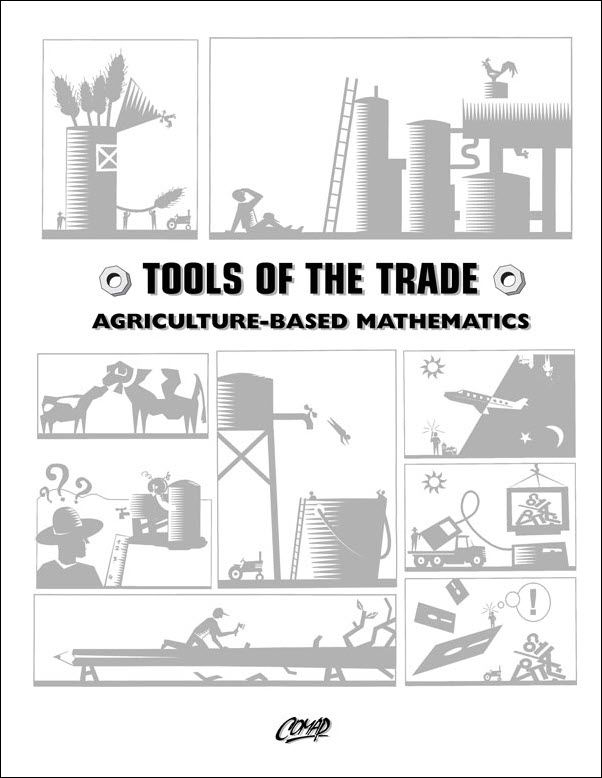Tools of the Trade: Unit 4: Erosion Problems
Author: Project Co-Directors: Dave Engelhard, Michael Kallaher & Jack Robertson
Unit 4: Unit Erosion Problems: Purpose of Unit:
To provide exercises in interpretation of visually displayed information; to provide some simple conversion exercises which are appropriate for calculator use; to reinforce the concept of average.
Note: The information below was created with the assistance of AI.
Level of Mathematics
Target Audience:
Middle school to early high school students (Grades 7–10).
Primarily built around basic arithmetic, ratios, averages, and unit conversions.
Does not require algebra or higher-level mathematics, although students should be comfortable with multi-step word problems and interpreting real-world data.
Application Areas
Main Context:
Agricultural science focused on soil erosion, including its measurement, impact, and management strategies.
Real-World Applications:
Environmental impact assessments related to soil degradation.
Farm management decisions involving erosion-reducing practices such as strip cropping and contour cultivation.
Interpretation of geographic and statistical data (e.g., interpreting erosion maps, average soil loss rates).
Understanding large-scale ecological events, such as floods and their comparative impacts.
Prerequisites
Required Skills:
Basic arithmetic operations (addition, subtraction, multiplication, division).
Area and volume unit conversions, such as acres to square yards and tons to pounds.
Concepts of percent change and weighted averages (although these are introduced intuitively, without formal terminology).
Familiarity with terms like acre, ton, cubic yard, and square mile.
Helpful Preparation:
Completion of Unit 1: Unit Conversions is recommended, as this unit builds on that foundation.
Subject Matter
Topics Explored:
Erosion rates by region and factors influencing erosion (wind, water).
Area and volume calculations using standard land measures.
Soil loss estimation over different plot sizes and field scenarios.
Practical comparisons (e.g., dump truck capacities vs. soil loss).
Weighted averages introduced conceptually through regional erosion comparison.
Large-scale environmental impact comparisons (e.g., floods vs. forest fires).
Use of current events and news articles to develop mathematical literacy and contextual problem-solving.
Instructional Format:
Designed for individual or small group work.
Includes both student and teacher editions, with full solutions and teaching tips.
Optional videotape introduction titled Residue Cover and Erosion helps visualize the context.
Correlation to Mathematics Standards
Common Core State Standards (CCSS) Alignment:
6.RP.3: Use ratio and rate reasoning to solve real-world problems.
6.EE.2: Write, interpret, and evaluate expressions involving whole-number exponents (e.g., area, volume).
6.EE.3–6.EE.7: Apply mathematical concepts to practical situations, including percent problems and simple equations.
7.RP.2c: Represent proportional relationships in real-world contexts.
7.EE.3: Solve multi-step real-life problems using positive and negative rational numbers.
7.SP.1: Use statistics to compare data across populations or time periods (interpreting erosion maps and averages).
NCTM Process Standards:
Connections: Links mathematical concepts to environmental science.
Problem Solving: Engages students in real-world inquiry and critical thinking.
Communication: Encourages the formulation and explanation of quantitative observations.
Representation: Uses maps, diagrams, and word problems to represent mathematical ideas.

Mathematics Topics:
Application Areas:
Prerequisites:
You must have a Full Membership to download this resource.
If you're already a member, login here.